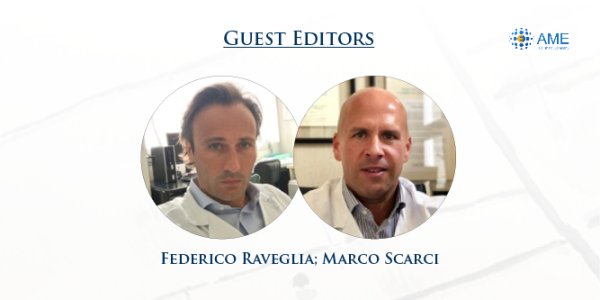
Hyperhidrosis affects millions of people around the world (nearly 5% of the world's population), impacting nearly all aspects of their life. There are two types of hyperhidrosis; we would focus our interest on the idiopatic (or focal) type that has unclear pathophysiology and is approached all over the world with different treatments ranging from topical medicine to thoracic surgery.
Despite several studies are available in literature addressing the main topics about hyperidrosis diagnosis and management, many points are still unclear and need an in- depth analysis. Therefore, our aim for this focused issue on Hyperhidrosis Management: from Diagnosis to Therapy is to involve highly skilled pathophysiologists, dermatologists, radiologists and thoracic surgeons in order to edit an up-to-date focused issue for specialists and general practitioners approaching this disease.
Continuous progress makes the treatment of hyperhidrosis a topic worthy of study
Hyperhidrosis prevalence and its impact on population
Pathophysiology of hyperhidrosis
Diagnosis and qualitative identification of hyperhidrosis
Topical and systemic anticholinergic for treating hyperhidrosis
Microwave-based therapy for axillary hyperhidrosis
How to select patients properly for surgical treatment of hyperhidrosis?
Anatomical clipping of sympathetic nerve to reduce compensatory sweating in primary hyperhidrosis: a novel technique
Endoscopic thoracic sympathectomy or sympathicotomy versus clipping in the surgical management of primary hyperhidrosis: a systematic review and meta-analysis
Changes in the quality of life following surgery for hyperhidrosis
Is still hyperhidrosis a worthy of investigation issue?—primary hyperhidrosis and its treatment: state of the art
Disclosure:
The series “Hyperhidrosis Management: from Diagnosis to Therapy” was commissioned by the editorial office, Shanghai Chest without any sponsorship or funding. Federico Raveglia and Marco Scarci served as the unpaid Guest Editors for the series.

